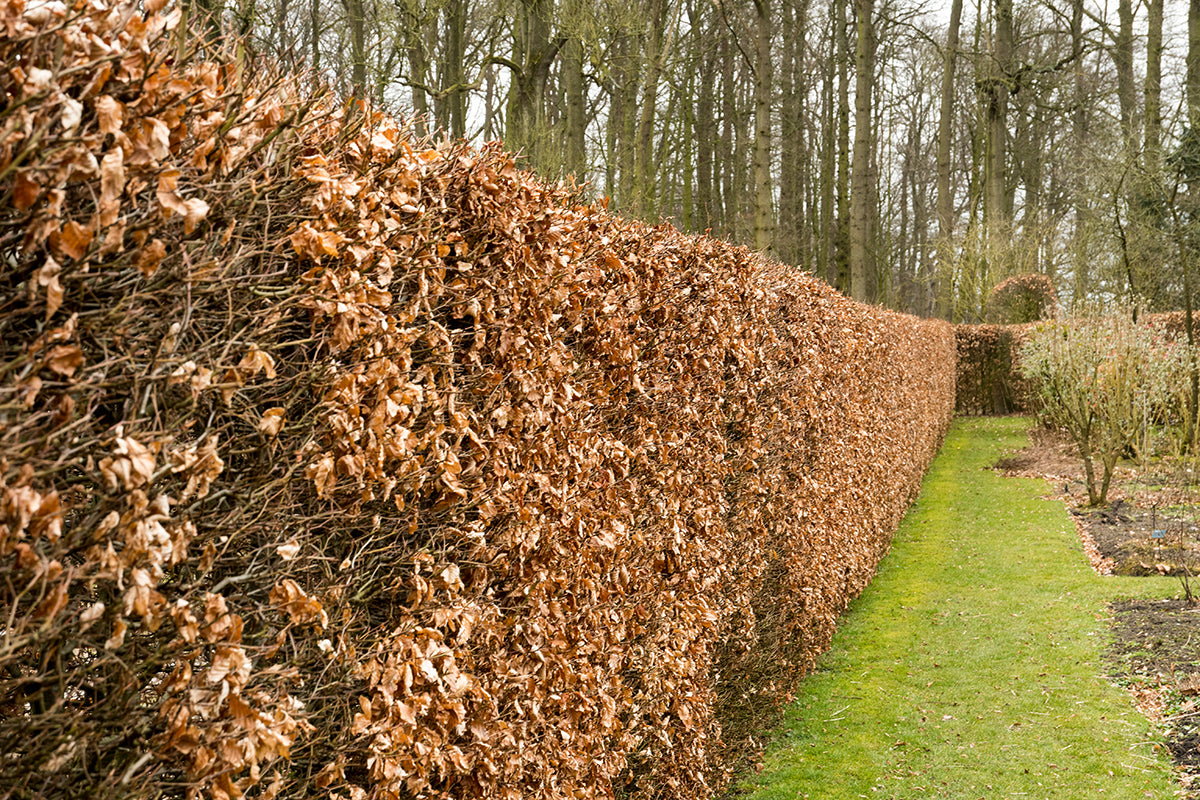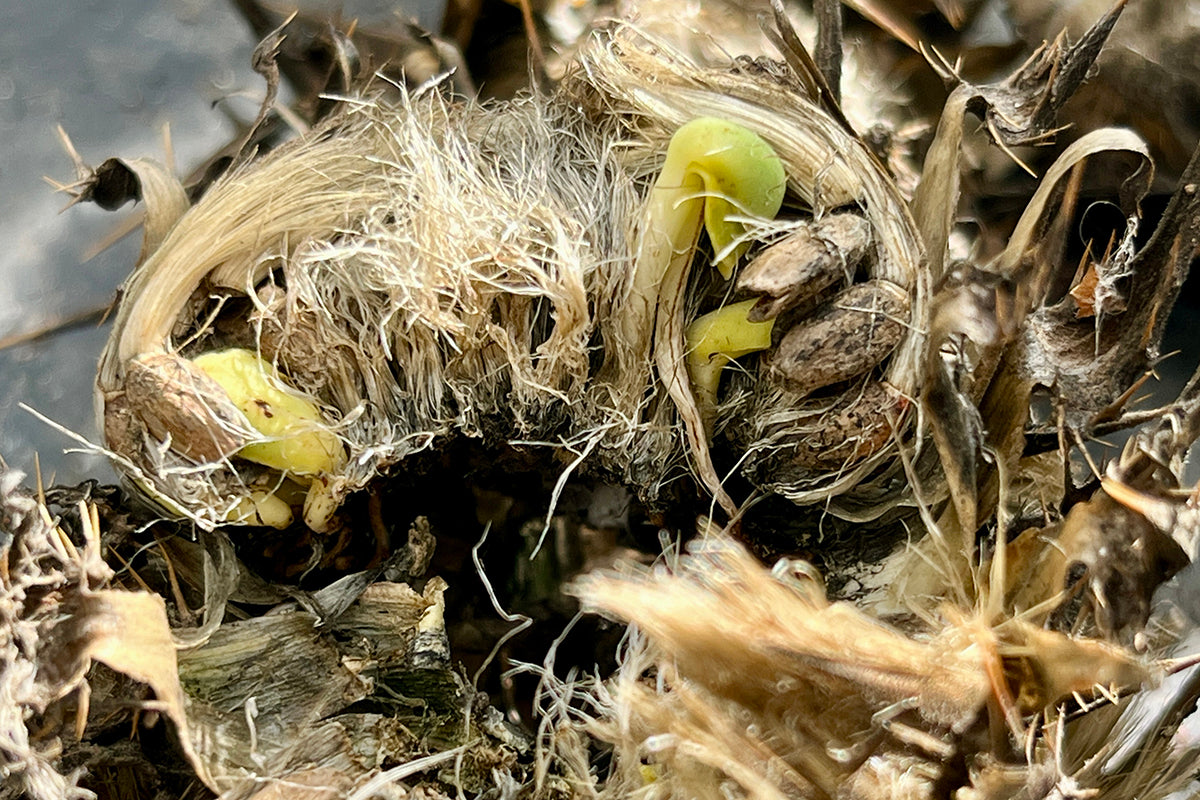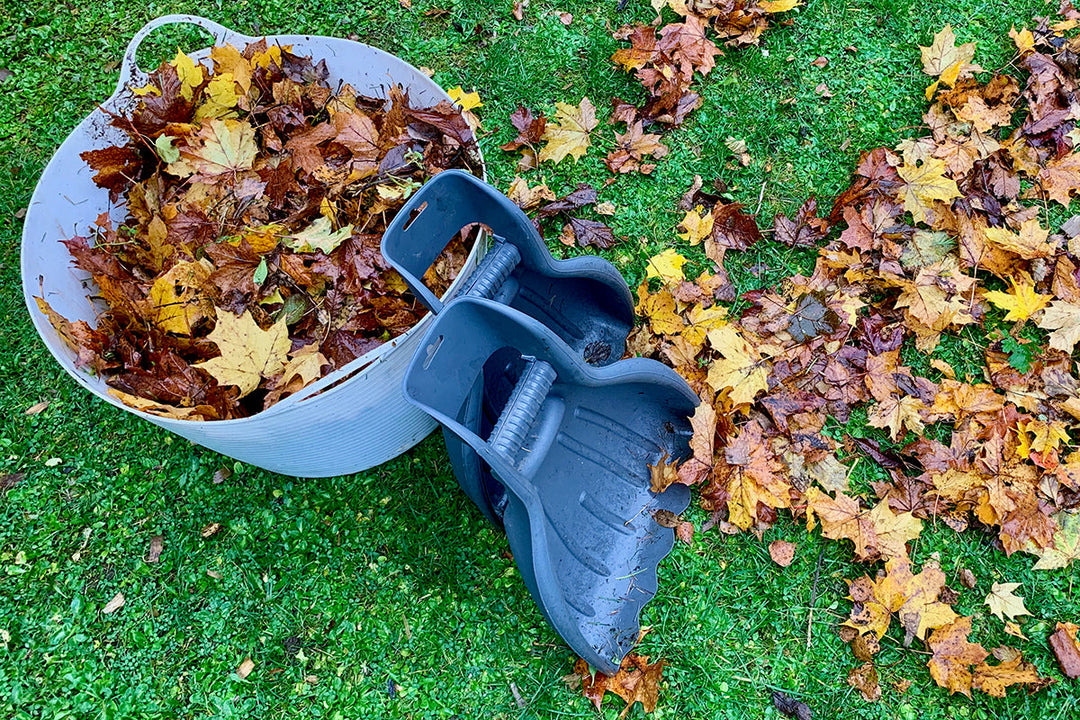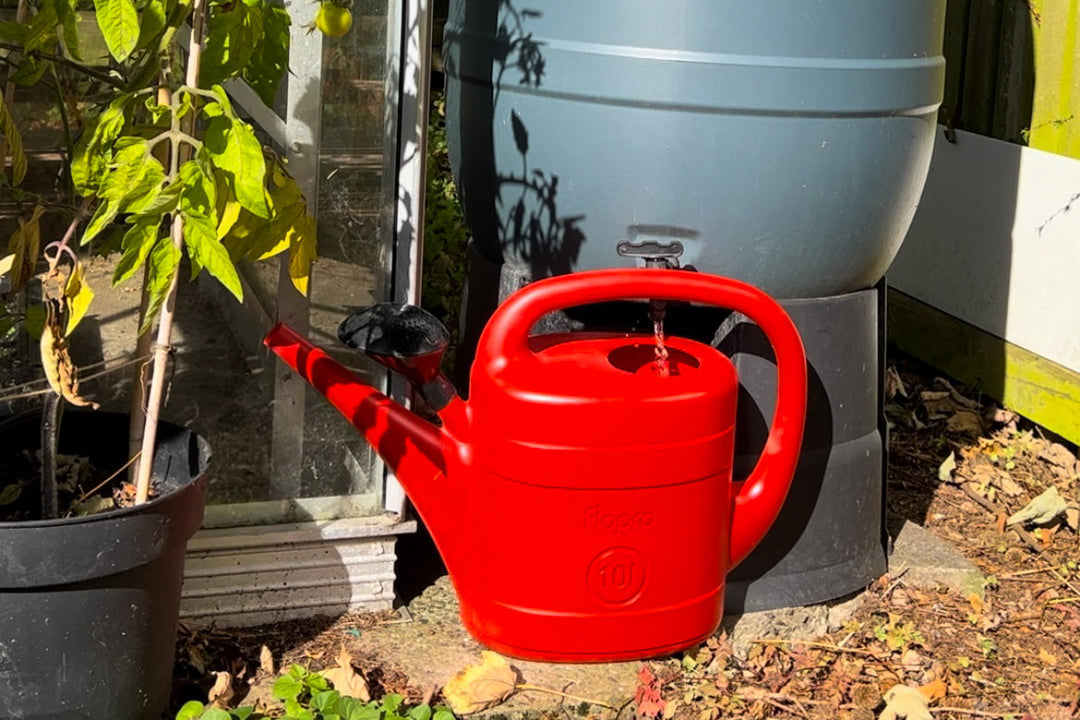Gardening explained - marcescence

You may have noticed certain trees clinging on to their leaves throughout winter and well into spring until new replacements start to appear. This holding on to last year's leaves is known as marcescence. Our large hornbeam hedge in the Genus garden demonstrates this every winter and spring, continuing to act as a privacy barrier and windbreak before the new leaves take over in April.
Marcescence occurs when leaves that would normally be shed remain attached in a dry withered state. This can happen with various plant parts but is most commonly observed with leaves.
The science behind it is quite interesting. In typical deciduous trees, autumn triggers a process where the xylem vessels - the vascular tissue carrying dissolved minerals and water transporting sap from roots to leaves - gradually close. Eventually, a specialised layer of cells (the abscission layer) completely seals off the connection, allowing the tree to shed its leaves. In marcescent trees, this process is incomplete or delayed until spring.
There are a number of tree species that are particularly well known for their marcescence. Oaks (Quercus species), beech trees (Fagus),and hornbeams (Carpinus) are often grown because of this trait. Marcescence can be more pronounced in younger trees and may disappear as they mature. At other times it affects just a few branches rather than the entire tree.
While on your holidays abroad you may have noticed that palms can also exhibit a form of marcescence, with their distinctive ‘skirts’ of dead leaves that can remain for years. In popular tourist destinations this is often managed as part of regular horticultural operations so may not always be seen.
There are a number of explanations as to why marescence even occurs in the first place. Dead, dry leaves make twigs less nutritious and less appetising to browsing animals like deer. Trees like beech and oak might be playing a timing game. By holding their leaves through winter and dropping them in spring, they create a fresh layer of decomposing material exactly when new growth needs it most, giving them a competitive edge in challenging environments.
In colder regions, marcescent leaves can help trees collect and retain snow during winter. When this snow melts in spring, it provides additional water right when the tree needs it most.
In certain environments, marcescent leaves protect trees from water stress or temperature extremes with some tropical alpine plants using dead leaves as insulation against harsh conditions. Some research suggests that by keeping leaves over winter more sunlight exposure may help break down the leaves to aid decomposition.
The term marcescence isn't limited to plants. In mycology, it describes mushrooms that can dry out but later revive and continue to disperse spores.











